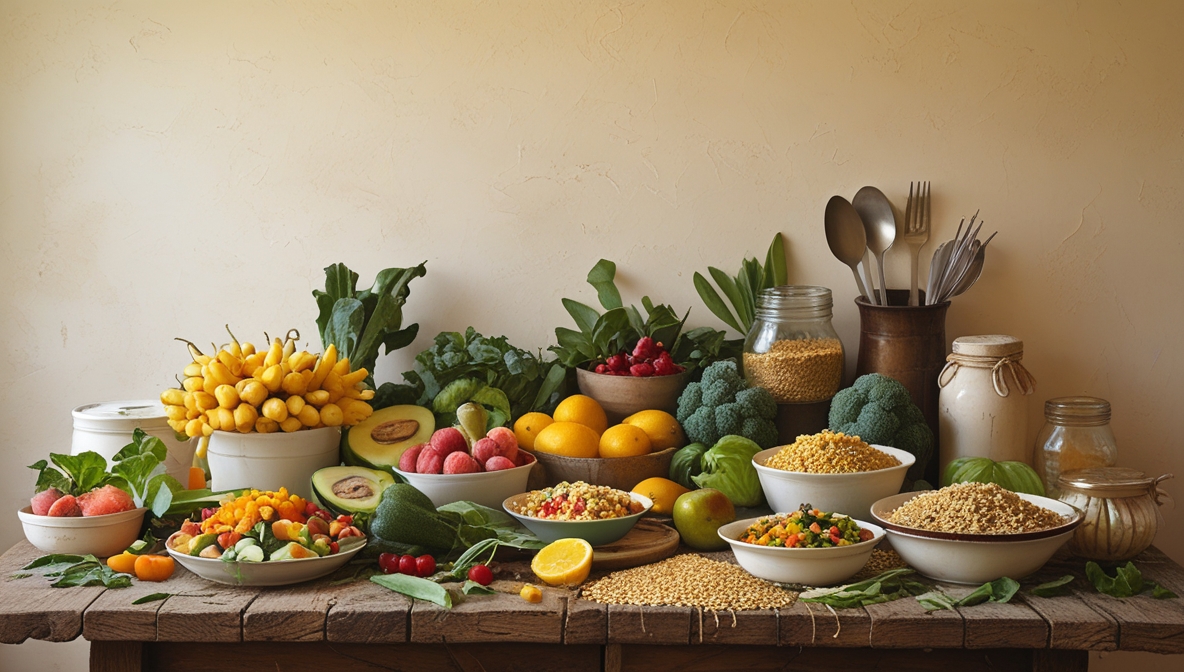
Can Drones Help Farmers Grow Better Crops?
The answer is yes—drones are changing farming practices and offering farmers new ways to manage their fields. Drones assist in monitoring crop health, managing resources, and identifying problem areas quickly. They provide accurate, real-time data that enables better decision-making and more efficient farm management.
Innovative Field Monitoring
Drones are equipped with high-resolution cameras and multispectral sensors that capture detailed images of crops. These images reveal subtle changes in plant health that might be missed during routine field inspections. Farmers receive information on water stress, nutrient deficiencies, and pest infestations early on, which helps in minimizing damage. Regular aerial assessments reduce the time and labor needed for field monitoring and provide a clear picture of crop performance throughout the growing season.
Efficient Resource Management
Accurate data from drones guides farmers in applying water, fertilizers, and pesticides with precision. This targeted approach minimizes waste and ensures that resources reach the areas that need them most. Farmers can adjust their practices based on real-time insights, saving time and money while supporting sustainability. The ability to pinpoint variations in the field leads to optimized inputs and healthier crops overall.
Key Benefits for Farmers
- Rapid Assessment: Drones cover large areas quickly, providing up-to-date images and data.
- Cost Savings: Targeted interventions help reduce input costs and labor expenses.
- Data-Driven Decisions: Real-time insights support strategic planning and timely interventions.
- Environmental Stewardship: Precise applications contribute to reduced chemical runoff and water conservation.
Crop Health and Yield Optimization
Drones detect crop stress by analyzing vegetation indices derived from captured images. These indices indicate chlorophyll levels and overall plant vigor. By identifying stressed areas early, farmers can adjust irrigation schedules or apply nutrient supplements to improve yield. Aerial imagery also aids in evaluating the effectiveness of crop protection measures after treatment. Timely information ensures that corrective actions are taken before minor issues evolve into major problems.
Pest and Disease Management
Aerial views from drones reveal patterns that point to pest activity or disease outbreaks. With early detection, farmers can apply localized treatments, reducing the need for widespread pesticide use. This focused method not only saves money but also supports environmental and human health. Farmers receive clear evidence of emerging issues, allowing them to respond quickly and effectively.
Precision Agriculture in Action
The integration of drones into farming practices is part of a broader trend known as precision agriculture. This approach uses technology to tailor inputs to specific parts of the field. Drones work in tandem with GPS-guided machinery and advanced analytics. Data collected during drone flights is processed to produce actionable maps and recommendations. This information assists farmers in planning irrigation patterns, adjusting planting densities, and optimizing harvest schedules.
Real-World Applications
Farmers across the country are using drones to keep track of crop conditions during critical growth stages. One farmer shared how aerial surveys helped identify an area of field under water stress, prompting adjustments that improved overall yield. Another user explained that drone imagery allowed for early detection of pest damage, leading to timely intervention and a reduction in crop loss. These practical examples illustrate the value of drone technology in everyday farming operations.
Future Prospects
The use of drones is expected to grow as technology advances and costs decline. Integration with advanced analytics and artificial intelligence will further refine the data available to farmers. This progress will result in even more precise management strategies and sustainable practices. The continued evolution of drone technology supports the transition toward smarter, more resilient agricultural systems.
Farmers who adopt drone technology gain access to a powerful tool that supports better management practices and crop performance. The technology delivers clear benefits, including rapid assessments, precise resource use, and early detection of issues. As the agricultural industry moves toward more data-driven practices, drones stand out as a key contributor to sustainable and efficient farming methods.
Embracing drone technology today means planting the seeds for a future of improved yields and sustainable practices. The aerial insights provided by drones contribute to a more informed, proactive approach to crop management, ensuring that the agricultural sector remains innovative and competitive.


No Comment